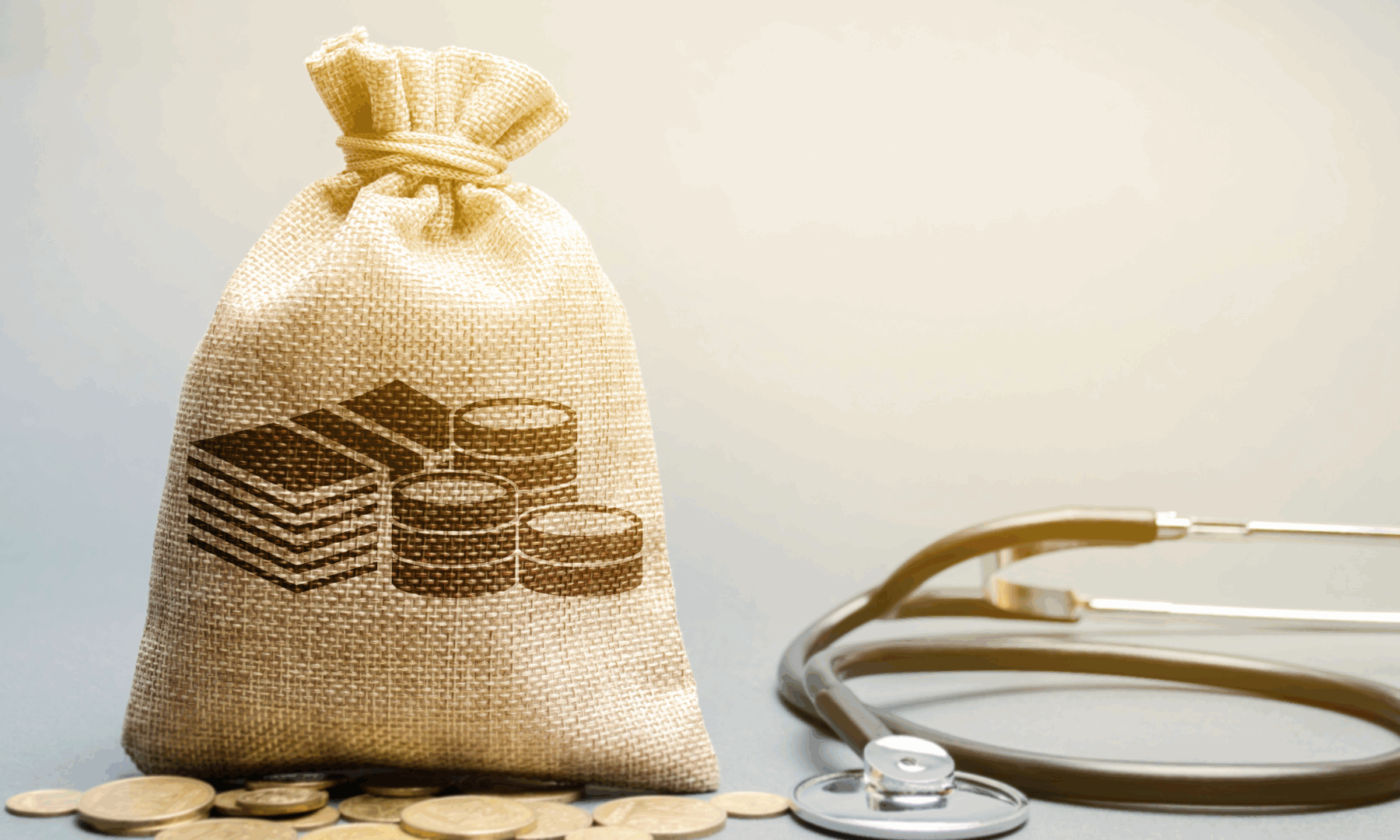As the Union Budget 2025 approaches, stakeholders are eyeing transformative reforms that could shape India’s healthcare trajectory for years to come. Healthcare experts along with the Healthcare Federation of India (NATHEALTH) have outlined a comprehensive Wishlist aimed at increasing the healthcare budget to over 2.5% of GDP. The recommendations span across multiple areas, with a clear focus🎯 on accessibility and affordability.
Cancer care🎗️ emerged as a critical concern, with over 1.5 million cancer cases expected in India by 2025. The government is suggested to remove customs duties and reduce GST to 5% on oncology radiation equipment, which could improve cancer treatment capacity in underserved regions and reduce the financial burden on patients.
Another key proposal is the redirection of public health revenues💰. With plans to introduce a 35% GST slab on tobacco🚭 and sugar products, channeling these proceeds toward strengthening public health programs such as Ayushman Bharat can be effective. Additionally, the healthcare body advocates for a unified 5% GST on all healthcare goods and services to alleviate input costs for providers and ensure affordable care for India’s citizens.
India faces a glaring shortfall of 2.5 to 3 million hospital beds🛏️. The experts recommend extending the Production Linked Incentive (PLI) scheme by another 2-3 years to support local medical device manufacturers📦and reduce reliance on imports.
Insurance reimbursement rates under schemes such as CGHS, PMJAY, and ECHS have remained unchanged for nearly a decade, threatening the financial sustainability📉 of healthcare providers. Linking these rates to the Consumer Price Index would help ensure that providers can continue delivering services without facing undue financial pressures.
Digital health📲 is another focal point. A 10-year incentive plan to drive the adoption of Ayushman Bharat Digital Mission (ABDM) infrastructure could revolutionize healthcare delivery through secure electronic health records (EHR) and data-driven💻 decision-making. With India’s digital health market poised to reach $485 billion by 2027, investing in this space is imperative.
Experts also highlight the need to enhance India’s global competitiveness in medical devices. By raising export incentives under the RoDTEP (Remission of Duties and Taxes on Export Products) scheme from the current 0.6-0.9% to 2-2.5%, the government can boost exports✈️.
Diagnostics🔬, too, need urgent attention. Of India’s 100,000 laboratories🧪, only a fraction are NABL (National Accreditation Board for Testing and Calibration Laboratories)- accredited. Introducing a robust policy framework to standardize diagnostic practices and mandating NABL accreditation could enhance the quality and credibility of diagnostic services.
These proposals, if implemented, could position India as a global🌍 healthcare leader, improving access to affordable, high-quality care. With the right policies, the 2025 budget could be a turning point in making healthcare more inclusive and sustainable.

